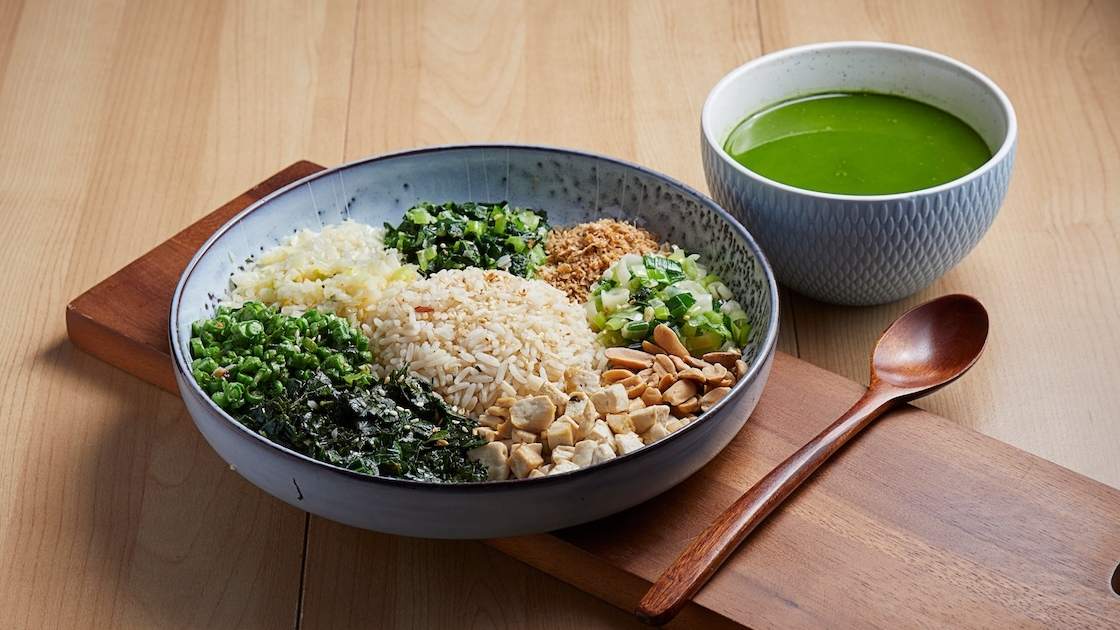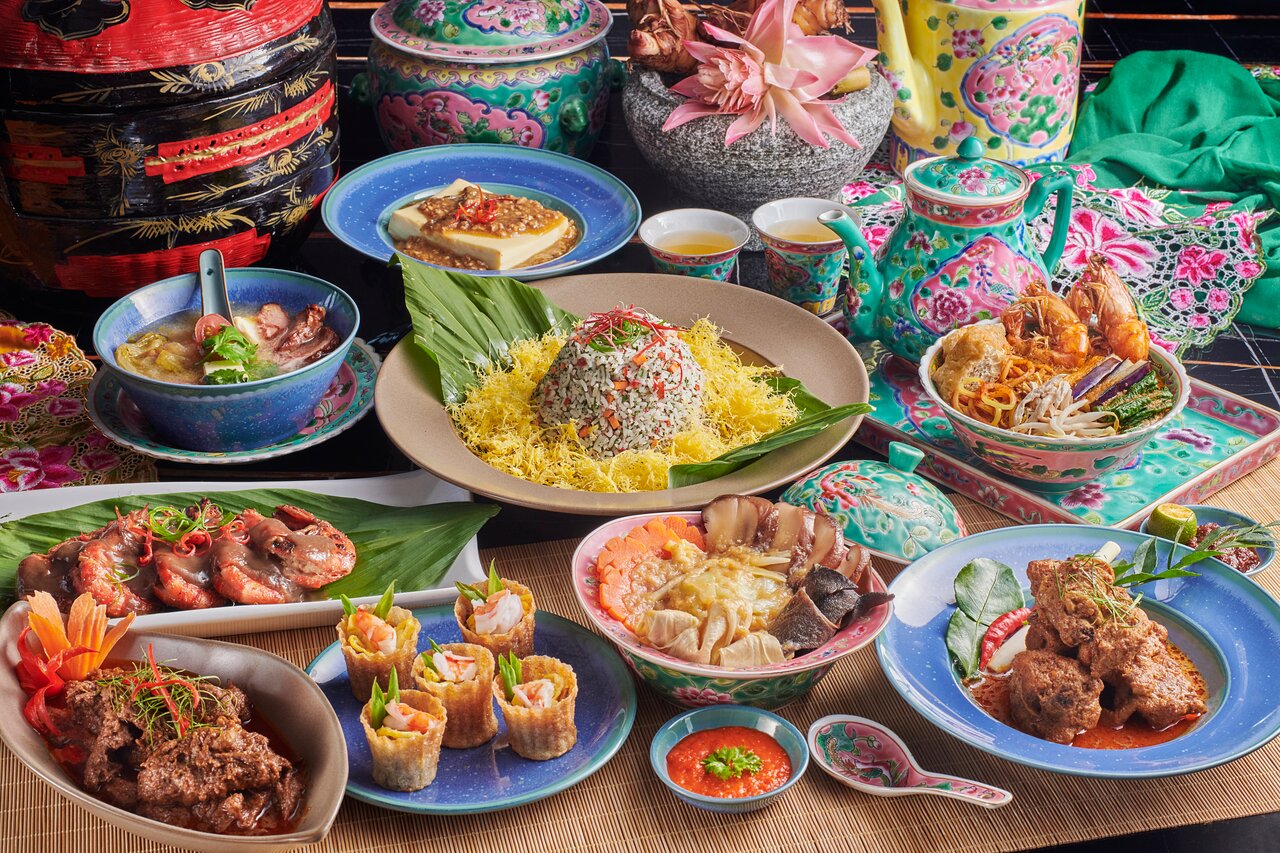
Photo via MCT Photo
I’ve spent the previous two articles (1, 2) talking about how to judge a tea using every sense but taste. But in the end, it’s really the taste that matters.
Judging tea by taste can be both extremely easy and very difficult. It’s easy in the sense that on the one hand, you can simply say, “This tea tastes good!” or “This tea doesn’t taste good.” Just because we like a tea, however, doesn’t mean it’s of objectively good quality. Learning how to truly taste teas can open a whole new dimension in the tea world and let you experience flavors and aromas most people may have missed.
Objective vs. subjective
Subjectivity is your personal opinion. If you drink a tea with a very grassy flavor, and you enjoy the grassy flavor, then you subjectively like this tea. But what if that tea isn’t supposed to be so grassy? Tie Guan Yin, for example, can have a light green flavor, but it should never be overly grassy. There are objective criteria for Tie Guan Yin, and other famous teas, that a serious taster must understand to impartially judge a tea. Objectivity in tea tasting is is based on facts. It is very common to like a tea subjectively, even though objectively it has flaws. At the same time, even if you know a tea is objectively good, and it meets all the criteria it should, you might not enjoy that tea due to your personal preference. Differentiating subjective from objective judgements is a key element to judging teas.
How refreshing is it?
Tea should taste refreshing. Even the darkest and strongest teas leave your mouth feeling fresh, and usually a little sweet. A common flaw in teas is when it leaves your mouth with a dry, cottony feeling. For beginners, this is the easiest taste aspect to recognize: how does your mouth feel after you swallow the tea?
Hui gan (回甘) — sweet aftertaste
Not only should your tea leave a good feeling, it should leave a good taste. Hui gan (回甘) means “come back to flavor or sweetness.” Oftentimes, especially with green teas, when you swallow a tea there will be a flavor that comes back into your mouth afterward. Imagine a wave that goes out and then comes back in. Other teas will leave good flavors — fruity, floral, and others. What should not be left is a bad flavor. Even no flavor at all — a tea that leaves your mouth cleanly and leaves nothing behind — is fine, but a good tea should never leave a flavor that you don’t want in your mouth.
Aroma
This one isn’t so much a trick for telling good tea as it is a breakdown of what you are experiencing. There are two major senses your body uses to taste tea: taste and smell. Taste is obviously on the tongue, and tells you about the flavor. Smell is used when the tea is in your mouth and your nose is able to pick up on the aroma of the tea.
This might seem simple to most people, but it is important to mention, because sometimes people get confused. Certain characteristics — a fruitiness, for example — that you may think reside in the flavor of the tea actually come from the aroma. Oolong, for example, is almost all aroma with very little actual flavor. How can you tell the difference?
Sometimes flaws are hidden under the aroma, or great characteristics you think are flavors are really just the aroma
Next time you drink a tea, plug up your nose mid-sip. Even if the tea is in your mouth already when you plug your nose, you may realize that some of its characteristics suddenly disappear; everything that disappears is in the aroma. Unplug your nose and it will come back. Sometimes flaws are hidden under the aroma, or great characteristics you thought are flavors are really just the aroma. (Aroma fades out much faster than flavor, so it is important to know what is what).
Analyzing teas is amazingly complex, and take years to master. The point of these articles was not so much to teach you everything about judging teas, but to show you how much there is to it. There are so many more things I could talk about, and exceptions to many of these rules. It is important, though, to think about your tea, and not just blindly taste it.
***
Related:
![]() How to Judge Your Tea, Part 1: Looks MatterArticle Aug 07, 2017
How to Judge Your Tea, Part 1: Looks MatterArticle Aug 07, 2017
 How to Judge Your Tea, Part 2: Feel, Smell, SoundArticle Aug 15, 2017
How to Judge Your Tea, Part 2: Feel, Smell, SoundArticle Aug 15, 2017
For people looking to get more into tea, I would suggest two things. The first is to drink with other tea people. Even the best tasters can miss a flavor. When we drink with other people, they are able to point out things we may have missed.
The other thing to do is taste teas side by side. Sometimes we don’t realize a tea has a characteristic until we taste one without it, good or bad. We may not realize a Long Jing is bitter until we taste it next to one that is not bitter. Once we have registered the taste of a bitter Long Jing, we’re able to recognize it in future tastings.
Tasting tea is a beautiful mixture of science and luxury. They go hand in hand to provide and experience like no other.
| Column Archive |














